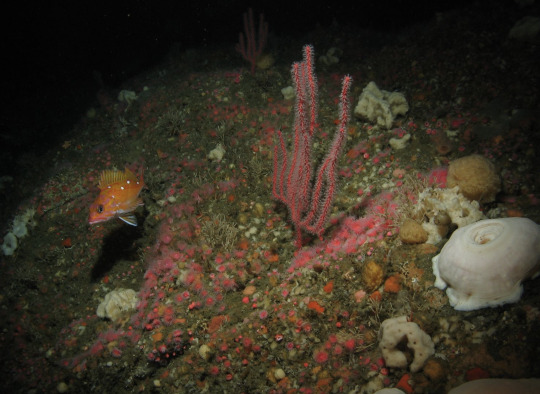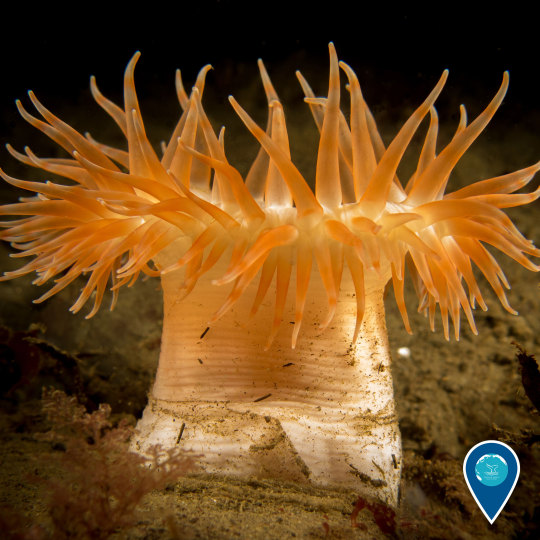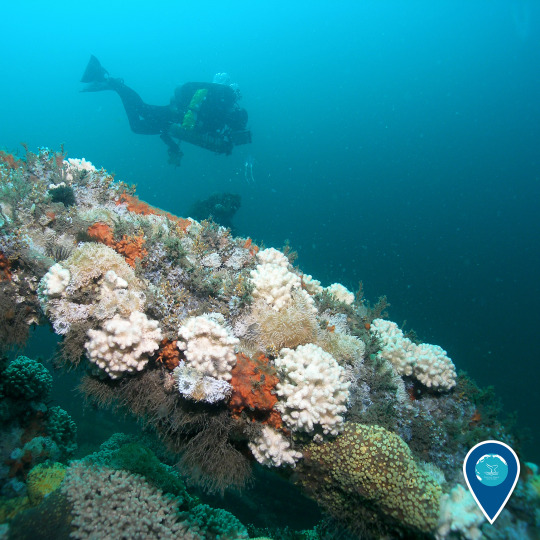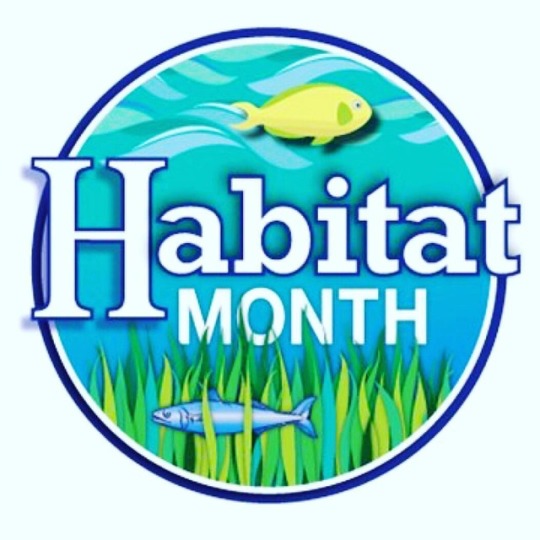#habitatmonth
Text



Dive deep with us during #HabitatMonth!
Explore the fascinating world of deep-sea corals and sponges and learn how national marine sanctuaries throughout the West Coast are working to protect these important deep-water communities for future generations.
#EarthIsBlue#DeepSea#Habitat#OceanExploration#Corals#Sponges#OceanEducation#UnderwaterPhotography#Ocean#Sea#NOAA#habitatmonth
56 notes
·
View notes
Photo

July is , which offers us a great opportunity to defend ocean floor communities under attack
#HabitatMonth#habitats#essentialfishhabitats#deepsea#coralreef#habitat#takeaction#ocean#oceans#sea#conservation
0 notes
Video
Barnacles are arthropods. That means they are invertebrate animals with an exoskeleton -- a skeleton on the outside of the body. #stem #marinelife #HabitatMonth
0 notes
Video
#Repost @noaafisheries ・・・ In West Hawaii, the coral reefs need our help. That's why @NOAA and partners are working to restore habitat and improve coral reef health there. Learn how and watch our new video, "Repairing the Reef": https://www.youtube.com/watch?v=N3nEzmT3I9M Link to video in bio. #HabitatMonth #Hawaii #coralreef #restoration #conservation #partners #forests #project #efh20
1 note
·
View note
Photo

Join us in shellebrating Olympic Coast National Marine Sanctuary’s 26th birthday! Protecting over 3,000 square miles of ocean, this sanctuary is home to a wide diversity of marine life, including this orange sea anemone, orcas, sea otters, and many more of our favorite ocean critters. In addition to important ecological resources, the sanctuary has a rich cultural and historical legacy. The vibrant contemporary communities of the Makah Tribe, Quileute Tribe, Hoh Tribe, and Quinault Nation have forged inseparable ties to the ocean environment along the Olympic Coast. There are even shipwrecks, their remains broken by the intense natural forces of the coastline or concealed from us in deeper parts of the Sanctuary. There is definitely a lot to celebrate here! (Photo: David Katy Laveck Foster. Image description: Orange anemone.)
82 notes
·
View notes
Photo

What happens to a shipwreck on the ocean floor? The City of Atlanta, pictured here, sank on January 19, 1942 in what is now known as the Graveyard of the Atlantic near Monitor National Marine Sanctuary. Before becoming the artificial reef it is today, this vessel lived a dynamic life, travelling the East Coast of the United States for decades. Learn more here https://monitor.noaa.gov/shipwrecks/cityofatlanta.html.
(Photo: NOAA. Image description: Diver swims above a shipwreck covered in corals.)
69 notes
·
View notes
Photo

Let's add a pop of color to your day! The vibrant reefscapes in National Marine Sanctuary of American Samoa never cease to amaze us. The colors of these fish remind us of pink lemonade and sunsets! What do they remind you of?
(Photo: Wendy Cover/NOAA. Image description: Dozens of pink, yellow, and blue fish among corals.)
84 notes
·
View notes
Photo

Did you know that Gray's Reef National Marine Sanctuary off the coast of Georgia is one of the largest near-shore "live-bottom" reefs of the southeastern United States? "Live bottom" is a term used to refer to hard or rocky seafloor that typically supports high numbers of large invertebrates such as sponges, corals and sea squirts. These spineless creatures thrive in rocky areas, as many are able to attach themselves more firmly to the hard substrate, as compared to sandy or muddy "soft" bottom habitats. How many different creatures can you spot in this live-bottom reef?
(Photo: Greg McFall/NOAA. Image description: Diver looking down at a reef structure of invertebrates.)
77 notes
·
View notes
Photo

Earlier this year, Florida Keys National Marine Sanctuary teamed up with Leave No Trace Center for Outdoor Ethics. They teach principles of responsible recreation, aiming to create sustainable and healthy ecosystems for everyone to enjoy. Through workshops, outreach, and service projects, trainers taught "The Seven Principles of Leave No Trace." These principles emphasize the best ways to recover and preserve this beautiful sanctuary. To learn more about this collaborative effort, visit: https://sanctuaries.noaa.gov/news/jul20/seven-principles-of-fknms.html
(Photo: Matt McIntosh/NOAA. Image description: Snorkeler beneath the water trying a mooring buoy line.)
65 notes
·
View notes
Video
Barnacles are arthropods. That means they are invertebrate animals with an exoskeleton -- a skeleton on the outside of the body. #stem #marinebiology #HabitatMonth
0 notes
Photo

Celebrate Habitat Month starting July 5. This sea is your sea, too. habitat.noaa.gov/index.html #HabitatMonth
0 notes